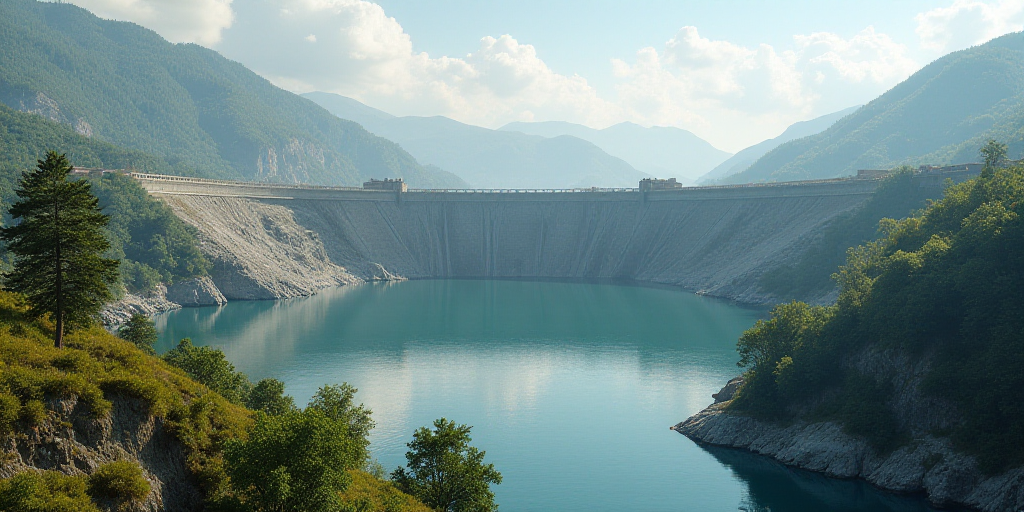Background and Relevance of the Water Delivery Agreement
Mexico has been sending 1,000.32 million cubic meters of water to the United States. This means that Mexico owes 53.60% of the water it was supposed to deliver by October 24, as per the bilateral treaty signed in 1944. The deadline is fast approaching, and Mexico seems unlikely to meet its commitment.
The Water Delivery Agreement: A Brief History
Signed in 1944, the bilateral treaty obligates Mexico to deliver 2,158 million cubic meters of water to the United States by October 24. However, as of October 1 last year, Mexico had only delivered 46.4% of the agreed amount, leaving less than three weeks for it to fulfill more than half of its obligation.
Potential Tensions with the US
Experts warn that water scarcity, exacerbated by climate change and the inflexibility of the bilateral treaty, has led to difficulties in meeting water delivery agreements. Despite Mexico accepting reduced water volumes from the US, no agreement has been reached to lower water consumption by Texan farmers or to decrease the annual water volume Mexico sends via the Rio Grande.
Current Water Situation
According to the September 15 Drought Monitor report, areas along the border—from Tijuana to Nuevo Laredo—experience exceptional, extreme, severe, and moderate drought conditions. Six main tributaries, primarily the Rio Conchos feeding Presa La Boquilla, supply water to Texas, US. As of the previous week, Presa La Boquilla’s storage level was at 48%.
Proposed Solutions
Alfonso Andrés Cortez Lara, a researcher at the Colegio de la Frontera Norte in Mexicali, suggests establishing a similar agreement to the one achieved in the Colorado River Basin for reducing water volumes and implementing stricter conservation measures on both sides of the border.
Historical Water Debts
Lizbeth Yareli Silva Ramírez, another researcher, points out that Mexico has fallen behind in water deliveries to the US during previous cycles: 1992-1997 (1,023 million cubic meters), 1997-2002 (304,684 million cubic meters), and 2010-2015 (263,246 million cubic meters).
Temporary and Politically Dependent Agreements
Silva Ramírez adds that water agreements are temporary and subject to political contexts, making them inadequate for long-term structural solutions.
Key Questions and Answers
- What is the water delivery agreement between Mexico and the US? Signed in 1944, it obligates Mexico to deliver 2,158 million cubic meters of water to the US by October 24.
- Why is Mexico struggling to meet its water delivery commitment? Water scarcity due to climate change and the inflexibility of the bilateral treaty have made it difficult for Mexico to fulfill its obligations.
- What are the proposed solutions to this issue? Researchers suggest establishing similar agreements to those achieved in the Colorado River Basin and implementing stricter conservation measures on both sides of the border.
- Has Mexico fallen behind in water deliveries before? Yes, Mexico has owed water deliveries during previous cycles: 1992-1997 (1,023 million cubic meters), 1997-2002 (304,684 million cubic meters), and 2010-2015 (263,246 million cubic meters).
- Are the current water agreements sufficient for long-term solutions? No, as they are temporary and subject to political contexts, making them inadequate for long-term structural solutions.






